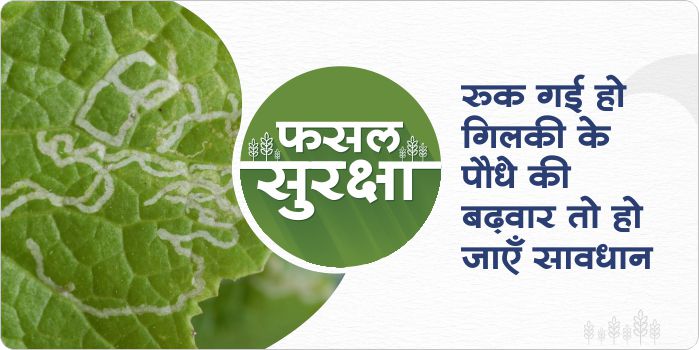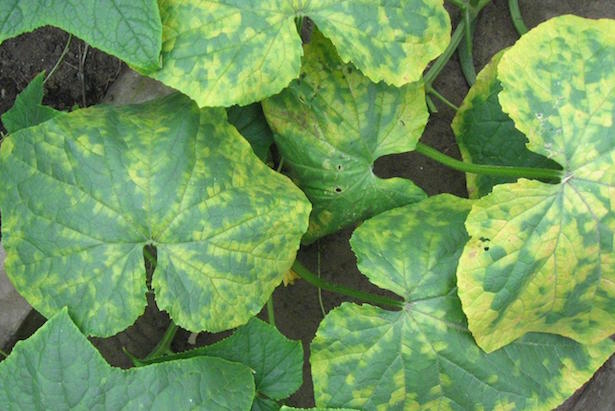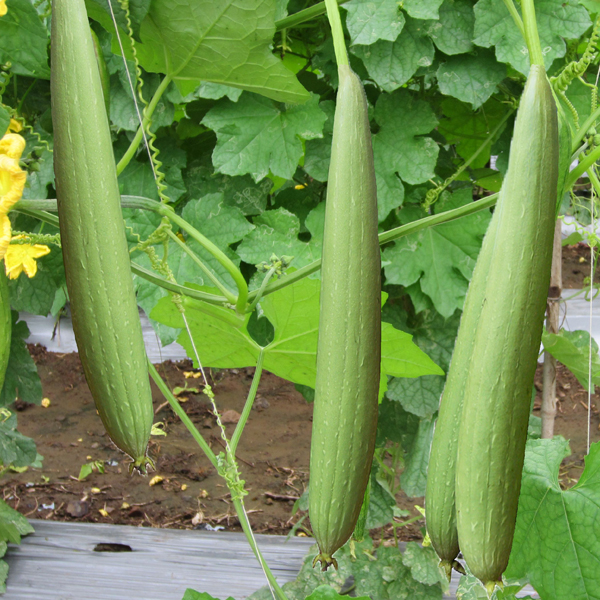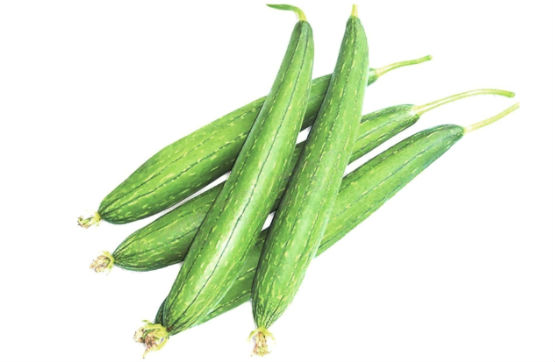-
This pest causes a lot of damage in sponge gourd crops in both the stages of its life cycle i.e. nymph and adult.
-
They suck the cell sap out of sponge gourd plant leaves and inhibit plant growth. These insects are also the cause for the secretion known as a sooty mold developed on the plant.
-
Sponge gourd can get completely infected during high infestation and even if the crop is fully developed, there is a chance of infestation of this pest which can cause the leaves of this crop to dry up and fall.
-
For the prevention of this pest, Diafenthiuron 50% SP @ 250 gram/acre or Flonicamid 50% WG @ 60 ml/acre or acetampyrid 20% SP @ 100 gram/acre or Pyriproxyfen 10% + biphenanthrene 10% EC 250 ml/acre.
ShareWith the sowing of the crop, connect your farm with the My Farm section of Gramophone app and keep on getting the exact advice and solutions related to smart agriculture throughout the crop cycle. Share this article with your friends with the share button below.








